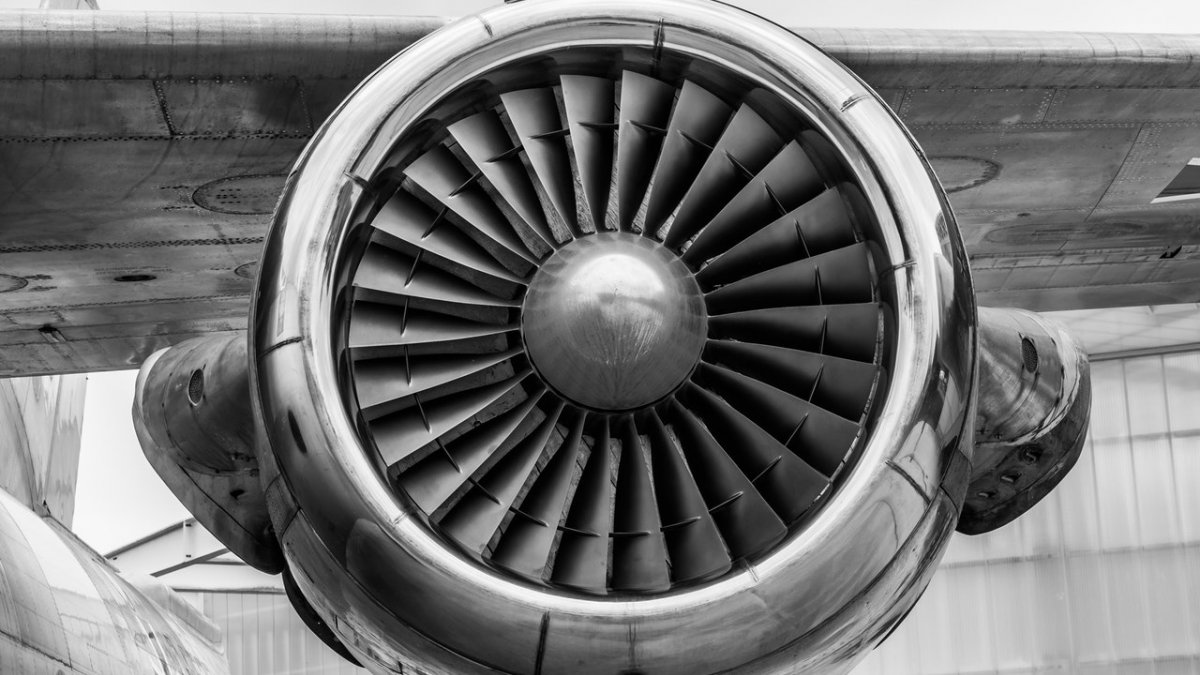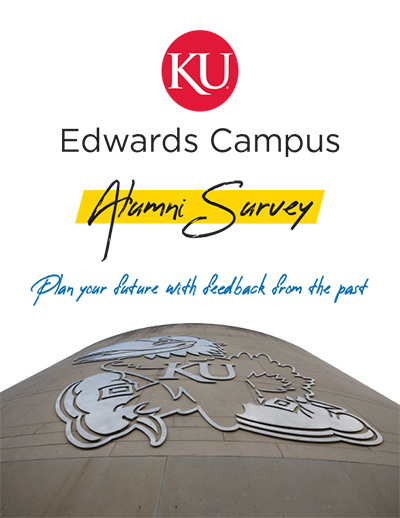Dynamics: An Essential Skill Set in Aerospace Design: Part II

In Aerospace everything is dynamic.
Dynamics is about motion, acceleration and the potentially detrimental effects of time-varying loads acting upon structural components. Interestingly, these phenomena are quite commonplace in our daily lives; when we drop our cell phone or laptop we take it for granted that the device will not be destroyed by the impact (and will continue to operate perfectly). On a much larger scale, we take it for granted that a passenger jet will not structurally fail when it encounters turbulence at 35,000 feet!
Of course the ability of a cell phone to sustain a 200-G shock load or an aircraft to survive air turbulence does not come about fortuitously; these systems as well as many of thousands of others were designed and analyzed by highly-skilled engineers to various inertia effects by the analytical processes of Structural Dynamics and the associated failure criteria of Stress Analysis.
Two fundamental approaches to dynamic response analysis include frequency-domain and time-domain (see graphic, below). Frequency-domain analysis is sometimes referred to as the “modal superposition” method; it involves the computation of steady-state response over a particular frequency spectrum. Time-domain solutions are usually performed on simplified dynamics models by means of direct integration of the equations of motion, but can also be performed in modal coordinates, if desired.

The choice of one approach over the other will depend on the scope, type of loading and objectives of the particular analysis being conducted.
However, regardless of the method, the primary objective of Structural Dynamics is to ensure the integrity of the hardware system that is being developed; the customer wants to have confidence that the end product will not fail during its useful life, particularly in the realm of aerospace applications where costly assets and human life are often at risk.
The KU Aerospace Short Course, Dynamics for Aerospace Structures, is designed to provide participants with a strong theoretical, as well as practical knowledge of the methodologies for performing rigid body and modal-based dynamics analysis on a wide range of structural and mechanical systems. The course builds upon a theoretical foundation with practical applications that can be immediately put into practice in the workplace. In this manner, both the theory and practice of classical “hand” analysis techniques are presented, along with the more modern (numerical/computational) methods used in the industry.
Some of the key topics presented in this course include Loads, Mode Shapes & Boundary Conditions; Energy Methods; d’Alembert’s Principle; Newtonian Dynamics for First- and Second-Order Systems; Modal Participation Factors and Modal Effective Mass; Introduction to Random Vibration; Multiple-Degree-of-Freedom (MDOF) Systems; Orthogonality of Modes; Dynamic Response of MDOF Systems; The Finite Element Analysis Method; Structural Dynamics in Mechanical Design; Shock & Vibration Testing and Practical Examples for the Aerospace industry.
A thorough knowledge of Dynamics stands out as one of the most important skill sets in the modern aerospace hardware design environment. Diligent study of Structural Dynamics can open up new avenues of interesting work and career opportunities for anyone who works in structural/mechanical design; Dynamics for Aerospace Structures was created to help make that happen.
See “Dynamics: An Essential Skill Set in Aerospace Design, Part I.”
Learn more about KU Aerospace Short Courses.
Dennis Philpot’s Aerospace Short Courses
Dynamics for Aerospace Structures
Stress Analysis for Aerospace Structures
Earn a Certificate of Specialization
Both courses taught by Dennis Philpot are included in the Aircraft Design and Aircraft Structures Certificate of Specialization tracks. Take four courses within a track to earn your Certificate of Specialization.
Have questions or want more information? Contact KU Professional & Continuing Education at 785-864-5823 or professionalprograms@ku.edu.
About the author
A nationally recognized expert in structural analysis, Dennis C. Philpot has been teaching post-graduate courses in mechanical/structural analysis in the greater Los Angeles area and on-site at The Boeing Company, Northrop-Grumman, NASA-Ames, NASA-Johnson Space Center in Houston, NASA-Kennedy Space Center in Titusville, Florida, and at the Hill Air Force Base in Ogden, Utah. In his current position at Northrop Grumman (formerly ATK Defense Electronic Systems Division), Philpot is involved in diverse programs, which include the Advanced Anti-Radiation Guided Missile (AARGM), Multi-Stage Supersonic Target (MSST), the Jordan Light Gunship (JLG) as well as many others. As Senior Technical Fellow, he is responsible for many of the design development processes and structural integrity across multiple programs at Northrop Grumman Innovation Systems.





